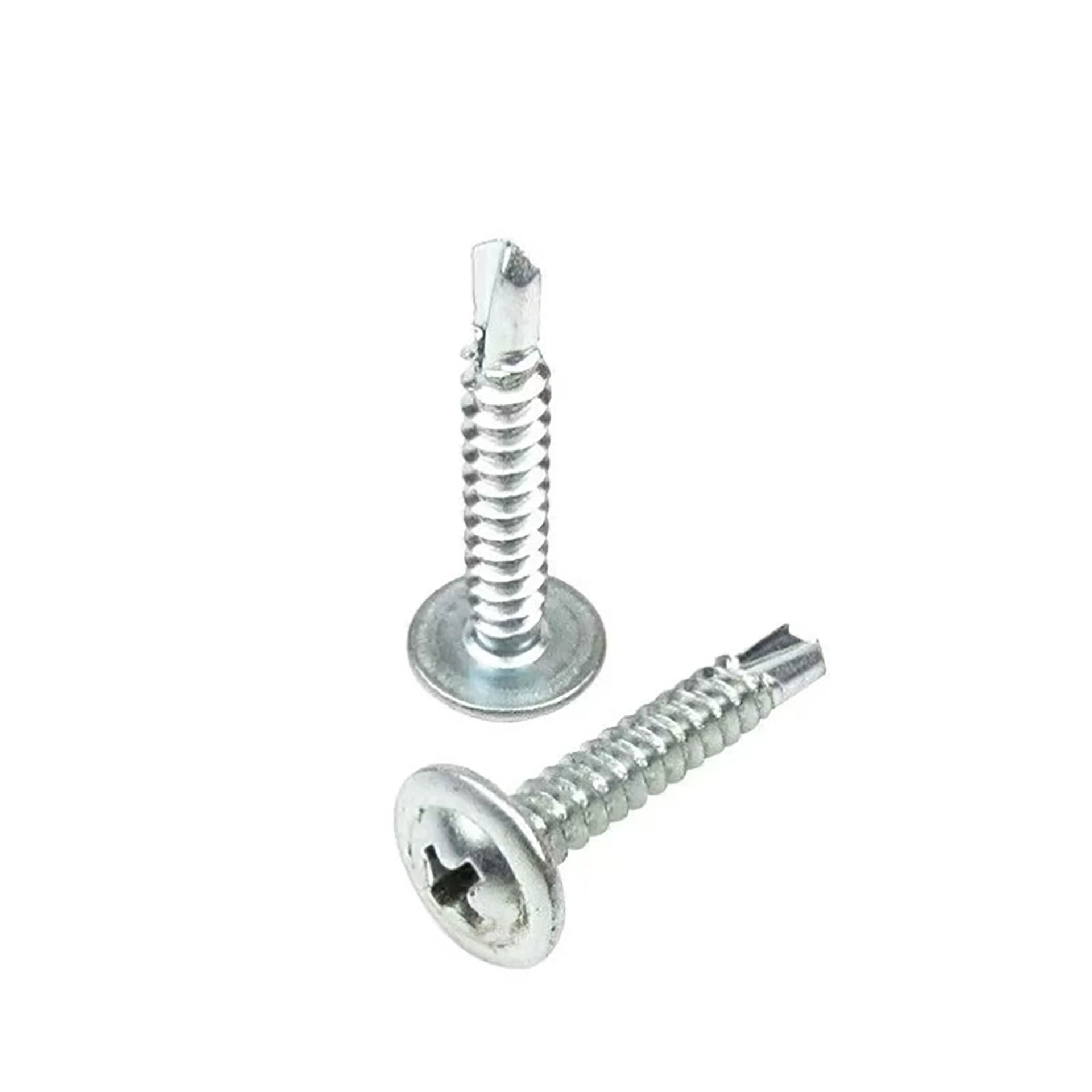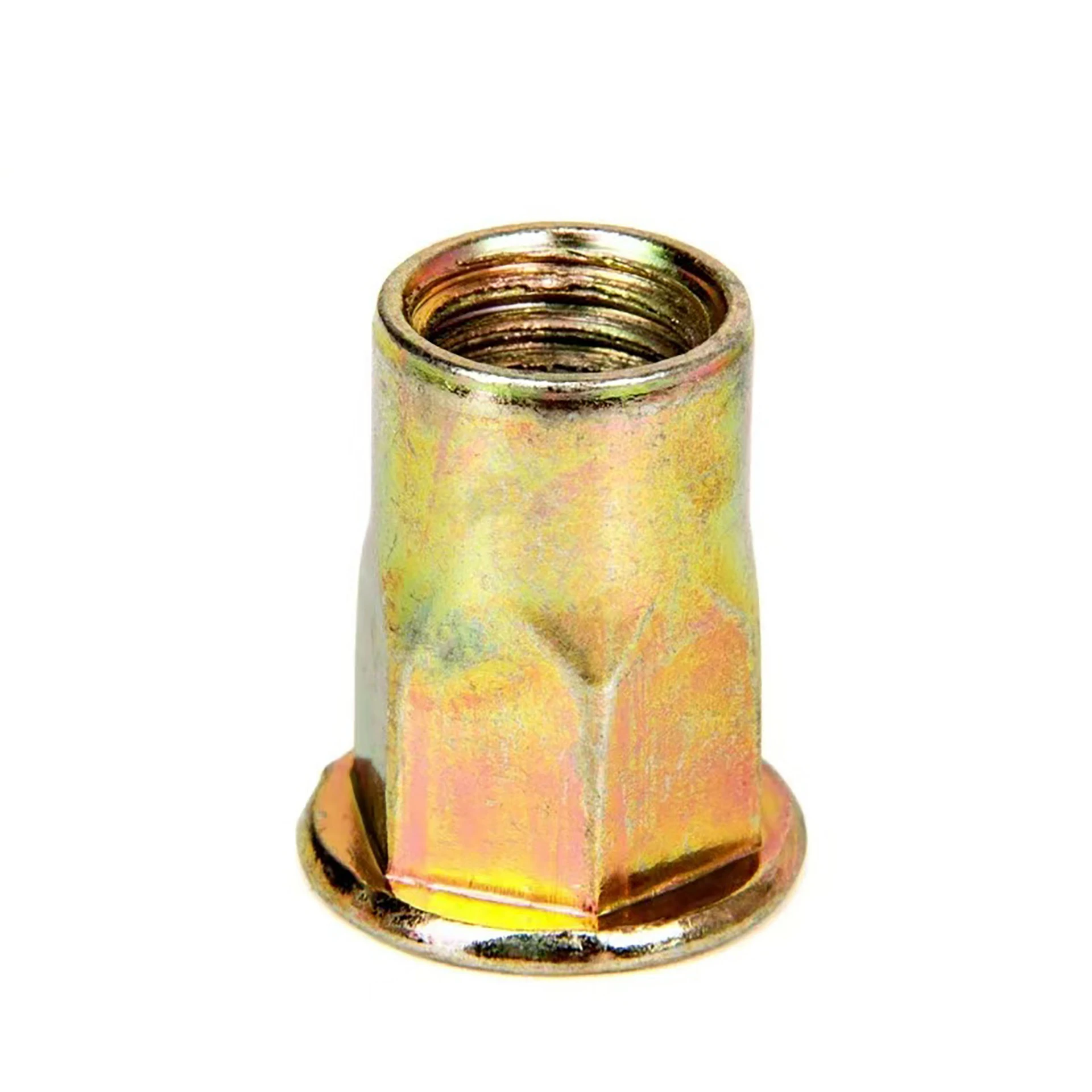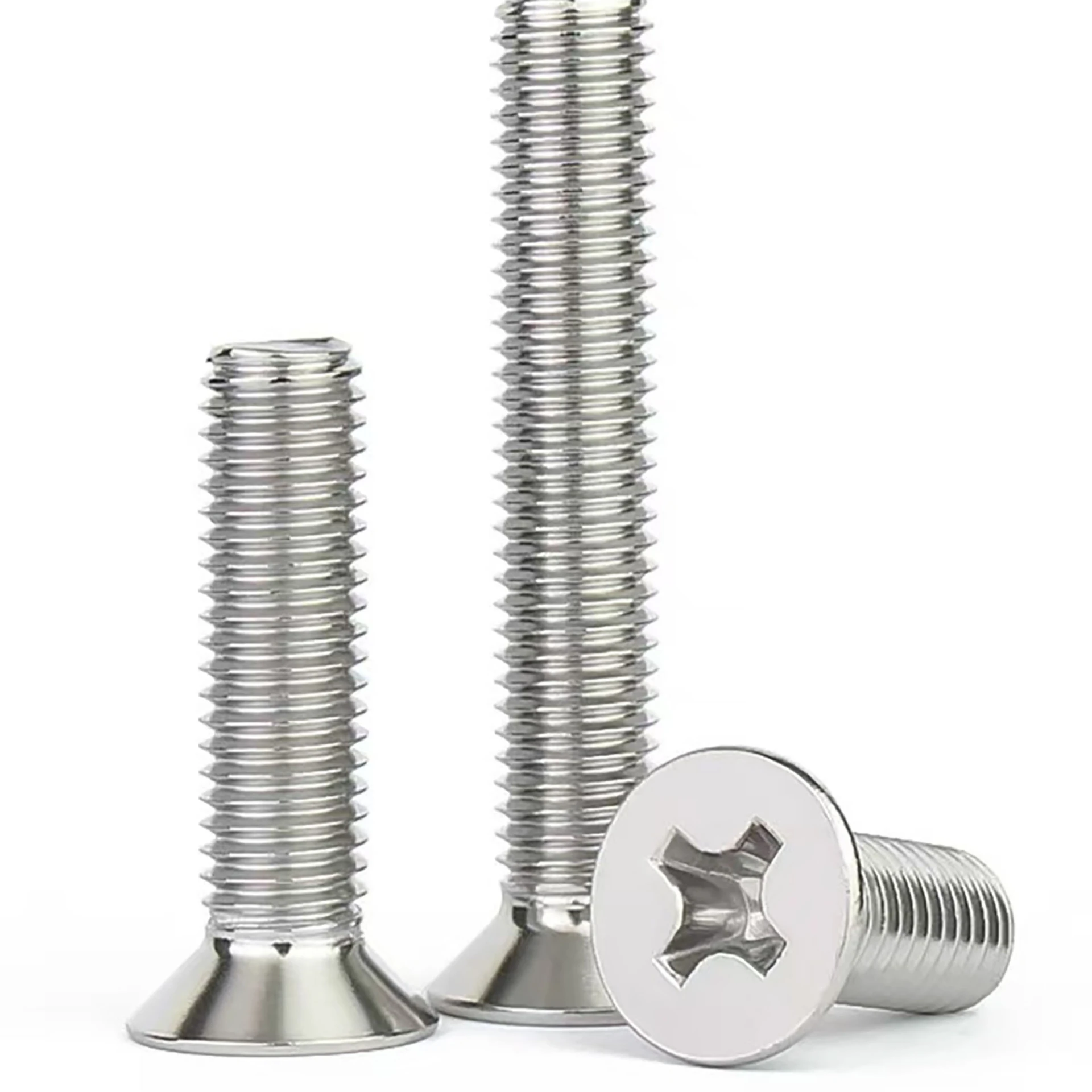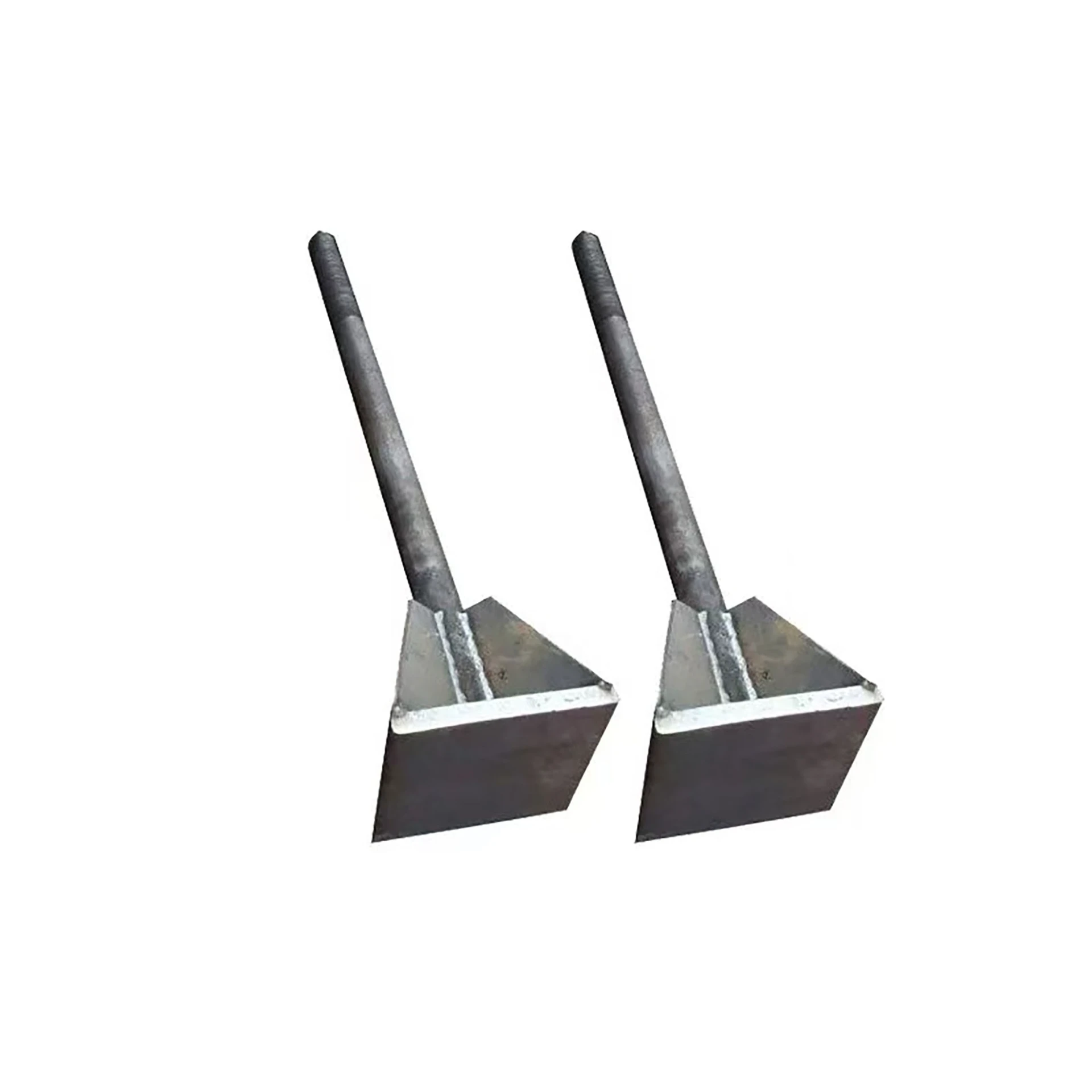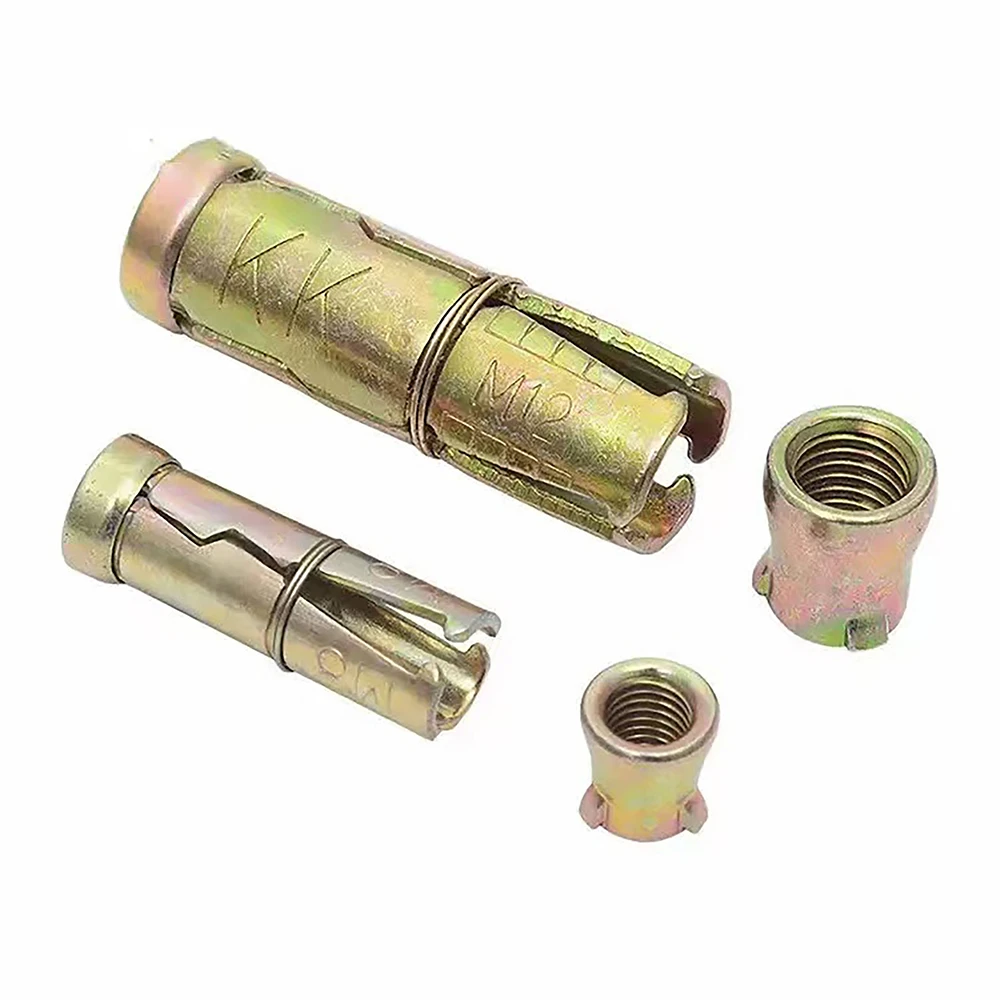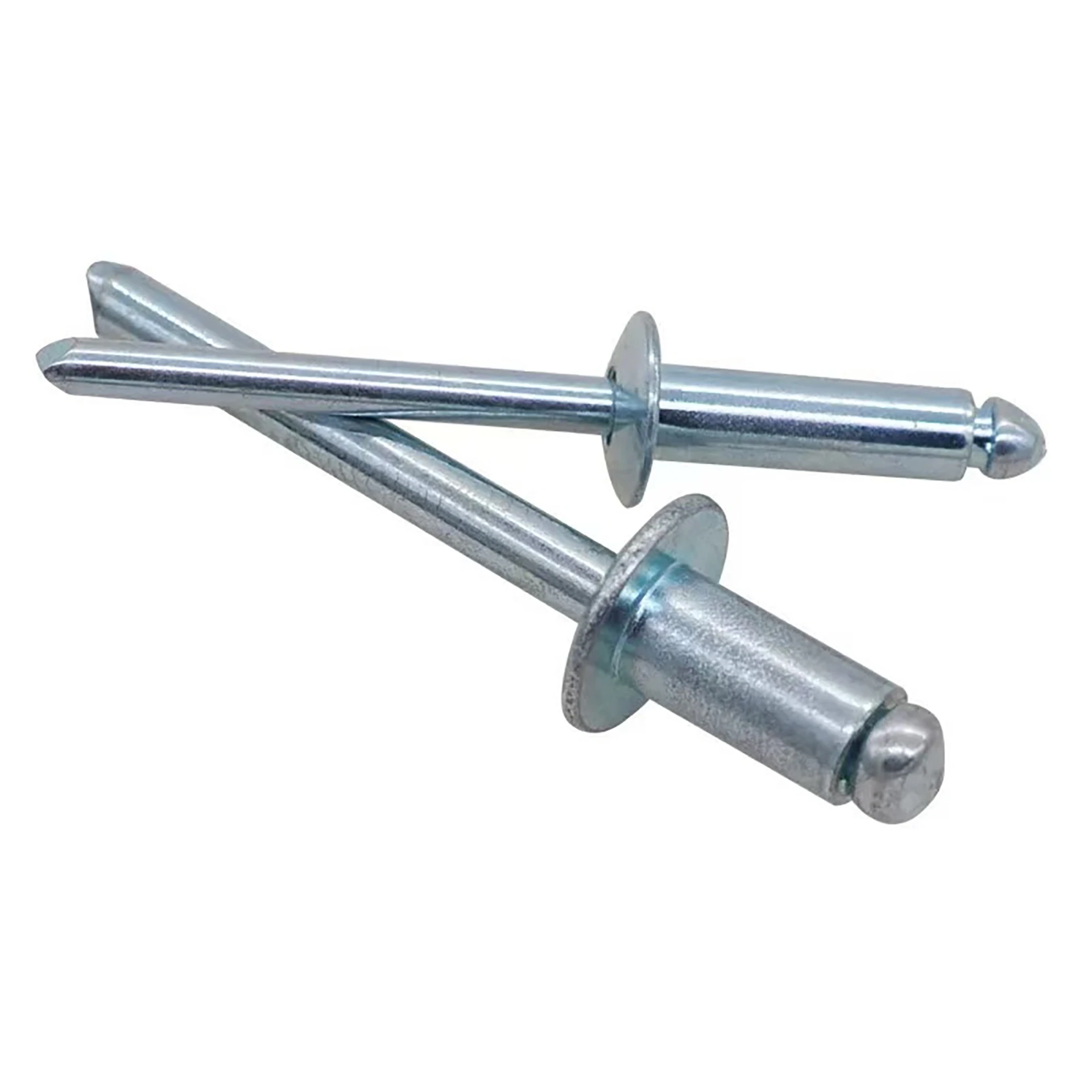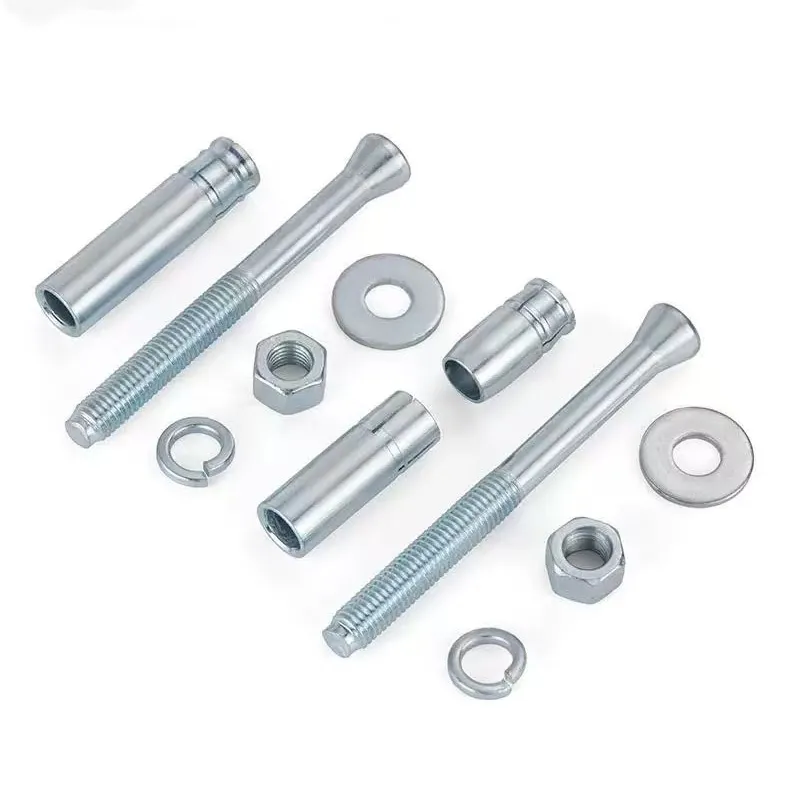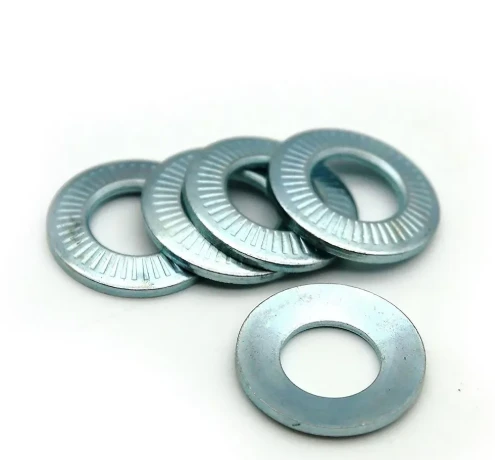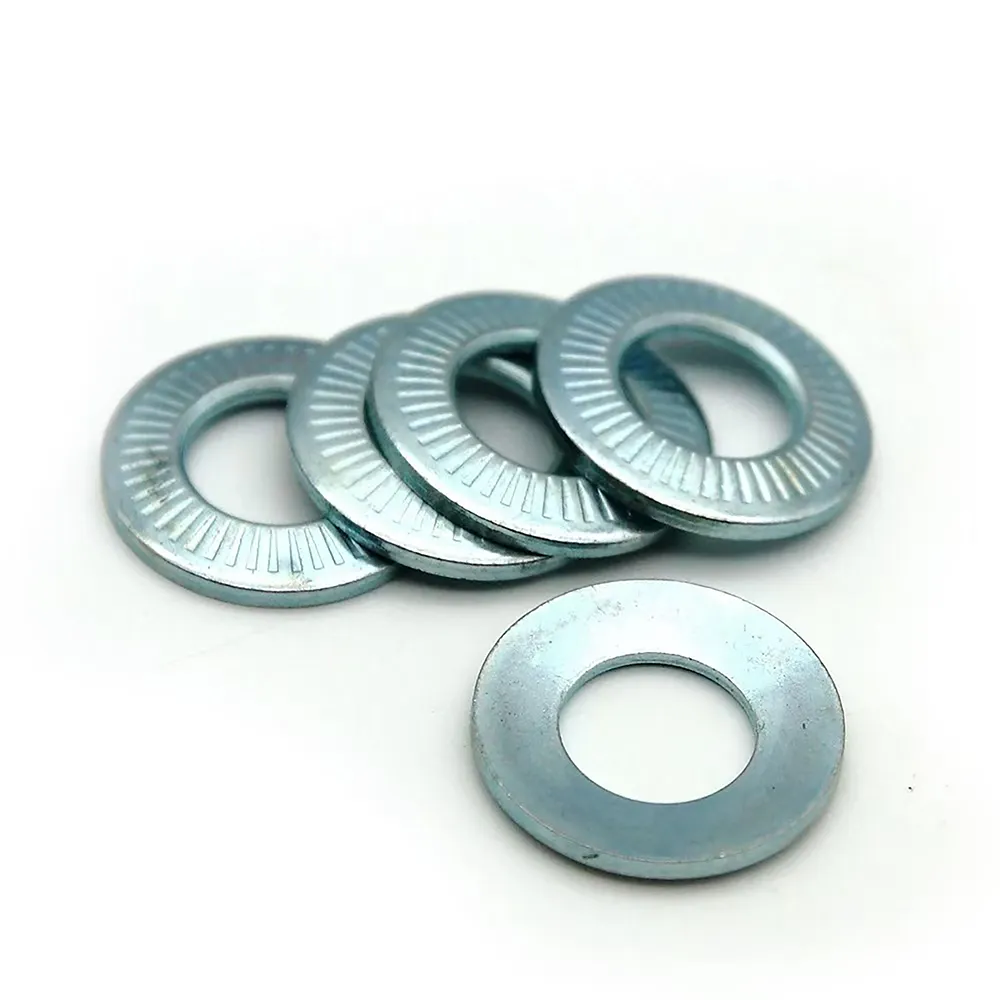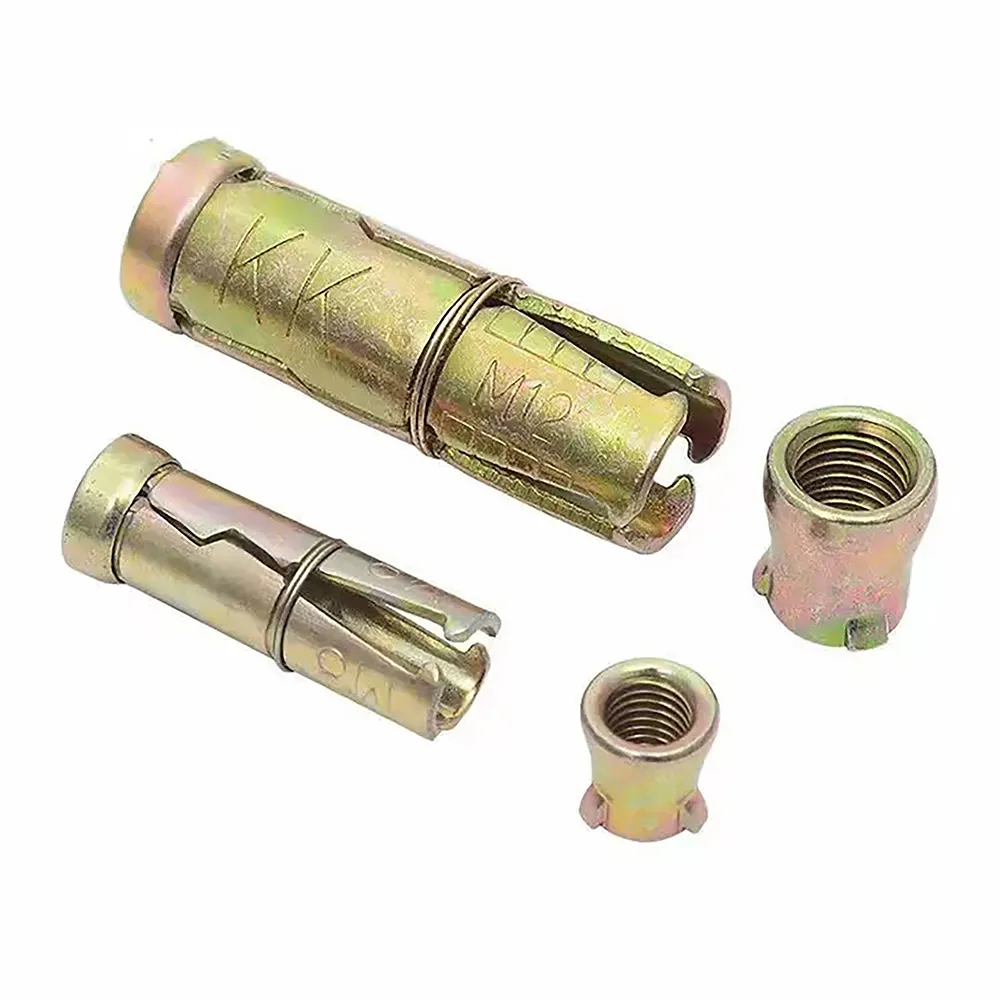Need Window Frame Anchors—High Load, Anti-Rust, Fast?
A Field Guide to window frame anchors that actually hold up
If you’ve ever watched a perfect fenestration job get let down by flimsy fixings, you know why installers obsess over anchors. Based out of Hanguang Industrial Park, Yongnian District, Handan City, Hebei Province, the Fastenboen team has been quietly dialing in the details for years. And, to be honest, that’s where performance is won: in metallurgy, tolerances, coatings, and credible test data.

What’s trending in the trade
Three currents I keep hearing on jobsites and in lab briefings: higher pull-out guarantees in cracked concrete, faster one-tool installs, and corrosion stacks that survive coastal C4/C5 atmospheres. Installers also want clear ETA/ICC paperwork—no mystery data sheets. And surprisingly, many customers say they’ll pay a touch more for anchors that don’t spin out in hollow block.
Technical snapshot (real-world, not brochure-speak)
| Spec | Typical Value (≈, real-world may vary) |
|---|---|
| Size range | Ø6–Ø10 mm x 60–132 mm (common window/frame fix) |
| Materials | Carbon steel (ISO 898-1 Class 5.8/8.8), SS304/SS316 options |
| Coatings | Zinc plated (ASTM B633), HDG, Ruspert; 240–720 h salt spray typical |
| Drill/Embed | Ø equals anchor; embed ≈40–70 mm depending on substrate |
| Characteristic tension | 2.5–6.0 kN (C20/25 concrete, Ø6–Ø10), per ETA methods |
| Shear capacity | 2.0–5.0 kN, edge distance dependent |
| Heads/Drive | Countersunk/hex; Torx/Pozi drives for slip-free torque |
| Service life | ≈25–50 years (C1–C3); SS316 for C4/C5 coastal/industrial |
Where window frame anchors shine
Applications: PVC/wood/aluminum frames into concrete, perforated brick, AAC, and masonry; door jambs; curtain track rails; light façade angles. Installers like these for clean countersunk finishes and predictable bite in mixed substrates.

Manufacturing and QA (how they’re actually made)
Materials are batch-verified, then cold-headed, rolled-threaded, and heat-treated. Sleeves (metal or engineered polymer) are precision-formed to control expansion pressure—crucial for brittle brick. Coating lines run zinc or HDG; stainless parts get passivated. Every lot: torque-to-failure, pull-out in C20/25 concrete and hollow block, salt-spray, and gauge checks. Testing references include ETA methods under EAD 330232 (metal anchors) or ETAG 020/EAD 330196 (frame fixings). I’ve seen their lab sheets—nothing flashy, but solid.
Install method (no drama)
- Mark, drill to depth, blow/brush/clean hole.
- Position frame, insert window frame anchors through pre-drilled clearance holes.
- Drive to snug—don’t over-torque near edges. Check plumb, then final tighten to manufacturer torque.
- Document spacing, edge distances, and substrate class. Future you will thank present you.
Vendor landscape (quick comparison)
| Vendor | Material/Coating | Certs | Price | Lead Time | Notes |
|---|---|---|---|---|---|
| Fastenboen | CS/SS; Zn, HDG, Ruspert | ISO 9001; ETA options | $$ | 2–4 wks (≈) | Strong in custom lengths |
| Hilti | Premium steel; advanced coatings | ETA/ICC | $$$ | Stock | Top documentation, pricey |
| fischer | Metal/nylon hybrids | ETA | $$–$$$ | Stock/short | Excellent hollow masonry data |
| Local Fabricator | Varies | — | $ | 1–2 wks | Check QA; limited test reports |
Customization and documentation
Fastenboen can tweak shank length, head style, sleeve geometry, and coating stack. Submittal pack usually includes mill certs, salt-spray hours, and pull-out/shear reports. For façade packages, ask for ETA classification and a project-specific method statement.
Mini case notes
- Residential tower, coastal C4: SS316 window frame anchors eliminated tea-staining—no callbacks after 18 months.
- Retrofit school, hollow brick: sleeve geometry reduced blow-outs; crew reported 20% faster set time, fewer re-drills.
Testing standards you should see on the paperwork
Look for ETA/ICC methods for tension/shear in cracked and non-cracked concrete, ISO 898-1 for mechanical properties, and corrosion references tied to ISO 9223 categories. If it’s not in the datasheet, ask. It’s your liability line.
Authoritative references
- EAD 330232-00-0601, Mechanical fasteners for use in concrete.
- ETAG 020 / EAD 330196-01-0604, Plastic anchors for multiple use in masonry.
- ACI 318 (Chapter 17), Anchoring to concrete.
- ISO 898-1, Mechanical properties of fasteners.
- ISO 9223, Corrosion of metals and alloys—classification of environments.
Who We Are: The Right Fastener Partner for Global SMEs
Handan Boen Fastener Manufacturing Co., Ltd. (Est. 2010) specializes in producing standardized industrial fasteners, including bolts, nuts, washers, and other essential components. We provide cost-effective for small and medium-sized buyers in industries such as automotive parts, agricultural machinery, and construction.

